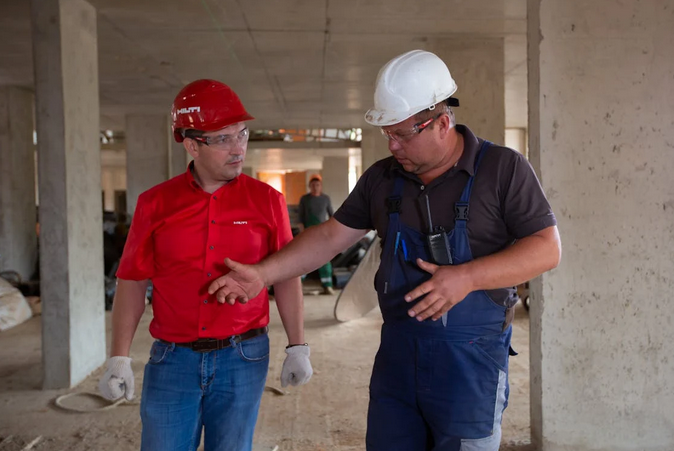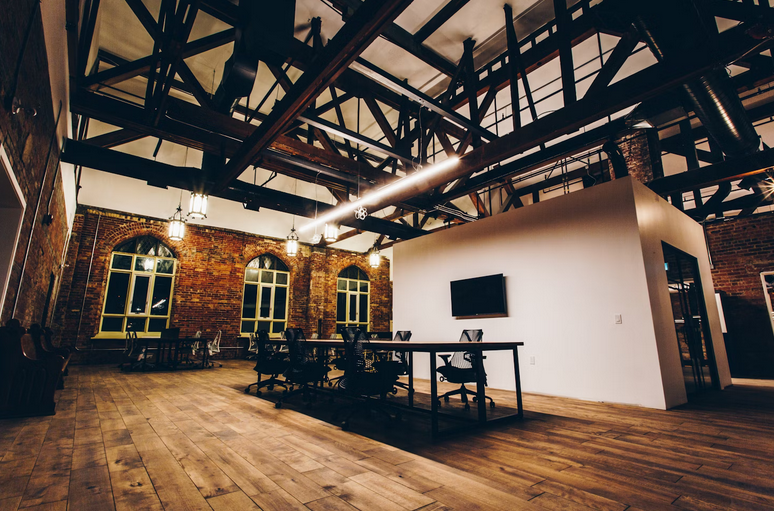Are you ready to bring your dream office space to life? Planning for an office construction project can be both exciting and overwhelming. From envisioning the layout to selecting the right materials, there’s a lot that goes into creating a workspace that reflects your company culture and meets your business needs. One of the key factors in ensuring a successful build is setting a realistic budget.
However, we often find that budgeting for office construction can be a challenge for many business owners. To help you navigate this process, we’ve put together some helpful tips and tricks to keep in mind when creating your office construction budget.
Define Your Needs and Wants
Before diving into the financial aspect of your office construction project, as mentioned at bauen.com, it’s crucial to define your needs and wants. Start by outlining the essential requirements for your workspace—this could include the number of employees, workstations, meeting rooms, and any specific equipment or technology needed. Consider factors like branding elements, employee amenities, and future growth potential when identifying your wants.
If you can clearly define what is necessary versus what would be nice to have, you’ll be able to prioritize where to allocate your budget effectively. Creating a detailed list of must-haves will help you stay on track when planning and prevent unnecessary expenses later on. Think about how each element contributes to the functionality and aesthetics of your office space while also aligning with your overall business goals.
Get Multiple Quotes

Did you know that by obtaining quotes from different contractors and suppliers, you can compare prices, services offered, and quality of materials? Needless to say, this allows you to make a wise decision based on what aligns best with your budget and vision for the project.
Each contractor may have their unique approach or specialization that could impact both the cost and outcome of the construction. Receiving multiple quotes also provides you with negotiating power. When contractors know they are competing against others for your business, they may be more willing to offer competitive pricing or additional services to win the contract.
Plan for Contingencies
Of course, no matter how meticulously you plan every detail of your project, unexpected issues can arise along the way. Having a contingency plan in place can save you from financial stress and delays in the long run. Therefore, set aside a small portion of your budget specifically for unforeseen circumstances such as material price increases, design changes, or construction complications. By allocating a buffer for contingencies upfront, you’ll be better equipped to handle any curveballs that may come your way during the construction process. So, make sure to factor in contingencies when outlining your office construction budget.
Prioritize High-Impact Areas

When budgeting for office construction, don’t ever skip or negotiate for lower quality for materials and labors in the high-impact areas. Why? These areas make a significant difference in the overall look and functionality of your workspace. Consider focusing on key areas like the reception area or conference rooms that leave a lasting impression on clients and employees alike. These spaces often set the tone for your business and can enhance productivity and morale.
Investing in quality materials and finishes for these high-traffic zones can elevate the aesthetic appeal of your office while also ensuring durability over time. Think about elements like lighting, flooring, and furniture that can create a welcoming atmosphere conducive to success.


